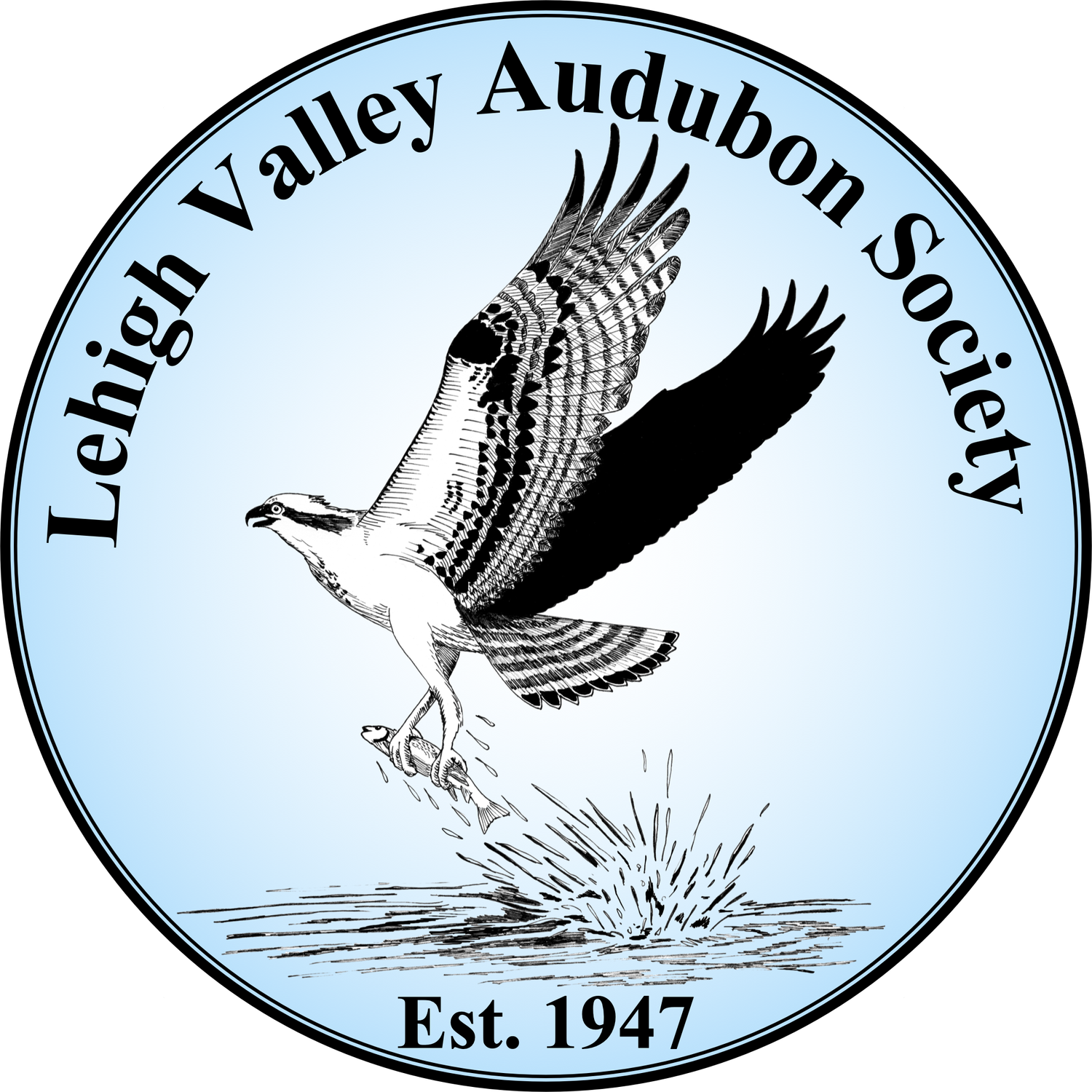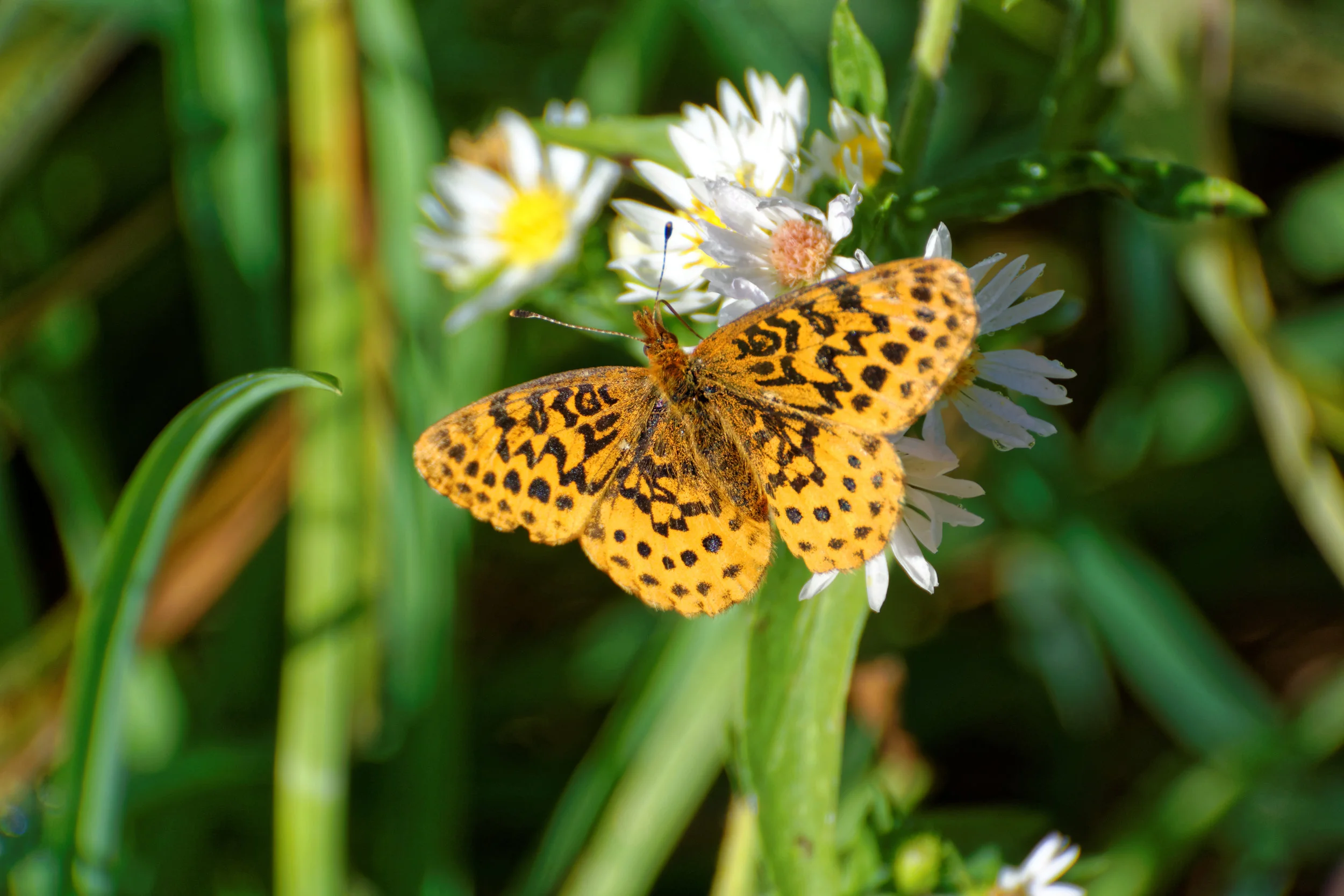In early summer a review copy of the book "Butterflies of Pennsylvania - a field guide" by James L. Monroe and David M. Wright dropped into my lap. I am a complete beginner when it comes to butterflies. So how do I review a book on a topic I know so little about? I cannot compare it to any other butterfly books. All I can do is compare to field guides for birds and try to identify actual butterflies.
Bird guide comparison
For bird guides I am a believer in studying ahead and leaving the guide at home. If you like to bring your guide with you, this butterfly guide should easily fit in a small backpack or even a large jacket pocket.
I once gave away the full version of the Sibley guide to a beginner. That proved to be overwhelming for the recipient. Instead, a smaller guide focused on the more likely, local birds would've been better. This butterfly guide is exactly that. It focuses on butterflies found in Pennsylvania only.
Another area this guide clearly succeeds in is making the topic appealing. There are lots of pictures of butterflies I would love to see. The book is also consistently laid out making it easy to know where to look on every page.
Being used to field guides for birds I was a bit surprised to realize that most images are of dead butterflies. This tripped me up a few times as the color of eyes especially had darkened compared to what they look like on a live butterfly. Also the actual position of wings can be far from the fully spread out wings on a typical display specimen. Fortunately the text typically mentions this.
My next stumbling block was to realize that the top row of images is from the above and the bottom row of images is from underneath. This might be explained in the text but I didn't find it.
An appealing concept I've seen in some bird guides too is using the inner book covers to show an overview of the groups of animals in the book. The better solution is to also list page numbers for further reading. This book does that.
Identifying butterflies
For my testing I decided to identify butterfly photos rather than run around with the book in hand. This matches how I'm likely to use the book.
On my first try, I struggled to find the right group in the overview of all butterflies. The radiant wing edges lead me away from the overall wing shape. Even as I settled on the group anglewings, the color of the wing edge distracted me. On top of that, the specimen photos show a deep separation between fore- and hind wings. After flipping through many pages I settled on the species Question Mark. I didn't feel confident but it was my best match and I could see a hint of blue on the wing edges of the female specimen photo.
Question Mark Polygonia interrogationis. Photo by Chris Hugosson.
My next try was this photo from the New Jersey sea shore. After I realized that the overview continued at the end of the book as well, I found the right group. Unfortunately the overview pointed me to two separate groups of pages, inconvenient but a small problem. When I eventually opened up the right page I had little doubt that I had found the right species, a Red Admiral. In this case, there was also a photo of a live Red Admiral which showed the blue in the wing better as well as the patterns of the antennae.
Red Admiral Vanessa atalanta. Photo by Chris Hugosson.
I was starting to feel confident and gave it another try. The photo is from Delaware but I felt it was close enough to try. This time I struggled to find the right group in the overview. Reason being, the overview mostly shows the butterflies from above. This photo was taken a long time ago and I didn't remember it's size. After a lot of page flipping I finally arrived at fritillaries and Gulf Frittilary. It is on a page not referred to by the overview... I struggled extra because I'm unfamiliar with normal wing positions and how the guide shows dead specimens stretched out fully. At this point I felt I should instead use photos from Pennsylvania to find the book's sweet spot. Still, I found an identification and I'm happy with that.
Possibly Gulf Fritillary Agraulis vanillae. Photo by Chris Hugosson.
Next try is a recent photo from Trexler Nature Preserve. An all yellow butterfly. This should be easier. The overview guided me to eight pages. My photo shows a distinctly colored edge and wouldn't you know, there's a species called Pink-edged Sulphur. But hang on, the text pointed out that there should be only one white circle on the wing. Instead, the Orange Sulphur has two circles. The images for Orange Sulphur show no pink border but do match the black spots that I finally pick up on. A bit confused but I felt good about this identification after checking the map and abundance chart.
Orange Sulphur Colias eurytheme. Photo by Chris Hugosson.
Next photo is an orange butterfly with lots of dots. The overview pages quickly get me to fritillaries. This time I let the abundance chart guide me and quickly arrived at Meadow Fritillary.
Meadow Fritillary Boloria bellona. Photo by Chris Hugosson.
Next, a mostly brown butterfly with 'eyes'. The overview seemed to show my butterfly immediately. There were no alternatives so I arrived at Common Buckeye. I noticed how the wings are positioned differently than in the book's dead specimens.
Common Buckeye Junonia coenia. Photo by Chris Hugosson.
Last butterfly photo in my test batch was an even blander butterfly. The overview pages again seemed to show my butterfly but I was hesitant since the overview shows the upper side instead of the underside in my photo. By luck, I opened the group description page instead of the page in the overview and saw a matching photo: Silver-spotted Skipper. My photo is in bright sunlight so the silver parts are hard to see.
Silver-spotted Skipper Epargyreus clarus. Photo by Chris Hugosson.
Summary
As a beginner, it is great to have a book focused on Pennsylvania. The book makes me want to learn more about butterflies in our area. The fact that I managed to identify all my photos, correctly or not, is a clear success for this book. I have a lot to learn about how to watch butterflies but this book will motivate me to try.
If I could wish for anything in a future edition, it would be hand-drawn illustrations of living butterflies showing true wing positions and color details that match light conditions in the wild. Regardless, I'm happy to have this book on the ready as I come across butterflies in the future.









